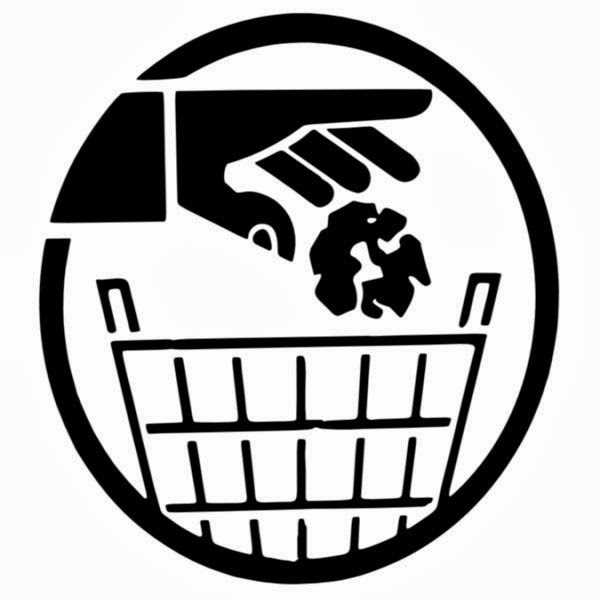
2014 is going to be another great year for internet marketers. A lot of webmasters though made predictions that email marketing was going downhill, but they all have been proven wrong. It is, still, arguably the most profitable marketing methods available on the internet, with a gaining ratio of $43 for every $1 spent.
However, in order to ensure maximum success, you need to do all the things as perfectly as you can. One of such steps you have to take is to clean your email list. Since we are still in the first quarter of 2014, it would be a good idea to review the list of your email subscribers for this year and clean it.
Following is a step-by-step guide to cleaning your email list for 2014.

Step 1: Start Using the Double Opt-in Technique
First thing first, if you haven’t been using the double opt-in method to gain subscribers, it is high time that you start doing it. Otherwise, the hygiene of your email list will never be improved permanently.
Start using the double opt-in method now – in case you haven’t been already – and see a distinct improvement in the quality of your email list. When you use the double opt-in technique, you do your best to sideline all the “useless” email addresses that keep cluttering your list. Start off the right foot from the very beginning; it is a crucial step for your success. As Evgeniy Kralich says in his article on email list cleaning, prevention is better then cure.
Step 2: Delete Any Suspicious Email Addresses
Your next aim is to start cleaning your email list by deleting all the suspicious looking email addresses. Make it your policy to only include email addresses that look real, genuine and that belong to real human users.
So, in order to do that, remove all the email addresses that look like these: [email protected], [email protected], [email protected], etc.
Step 3: Look for Inactive Users

There will also be many subscribers that are now completely inactive. If they haven’t responded to your emails for a very long period, it might be the time to let them go.
However, it does not mean that you have completely lost a user if he hasn’t replied for a long period of time. In fact, there are many different ways by which you can encourage him or her to get back in the loop.
So, for now, make a list of inactive users who haven’t responded to your emails for a long period of time. After that, you can decide whether to encourage them even further or to simply let them go.
Step 4: Review the Hard Bounce Rate
The next step should be to review your email list’s hard bounce rate. It is the rate that shows how many emails are bounced back to you. In other words, these emails can never be delivered to your users.
A hard bounce may happen for many reasons. For example, an invalid email-address, a typo, incompatibility with a certain email client, etc. If you can solve the problem, it’s great. If you can’t, the only option is to let go of those users. After all, you must keep your email list clean and the bounce rate low.
Step 5: List Segmentation
Before you start deleting users who haven’t responded to you, it is always a good idea to review what you have been doing wrong all this time. List segmentation is a great way to revise your email marketing strategy.
First, divide your email subscribers in at least two groups: the ones who do respond actively and the ones who don’t respond at all.
You can then create a segment for the subscribers who don’t respond to your emails. Once you do that, you can now send exclusive emails to them – starting from the very scratch – to get them back in the loop. If you successfully manage to do it, you will not have to delete them off in order to clean your email list. Find out more about email list segmentation.
Step 6: Send Them a Notice
Some guys just don’t follow, right? You can delete them right way, but it would be nice to give them one last chance.
If you have created a separate list for all the non-responding users in the previous step, you can now send them a notice.
Politely tell them that you are going to clean your email list for users who haven’t responded for a certain period of time. If they don’t want to get deleted, they will have to respond to that email. Otherwise, they will no longer be able to receive emails for you.
Step 7: Make Unsubscription Easy and Prompt

Always aim for automation. The last step to cleaning your email list is to make unsubscription really easy for your subscribers. In every email you send, include the unsubscription link by clearly stating what it does. Mention that if you don’t want to receive further emails, please click the unsubscription button.
Furthermore, if a user does click the unsubscription button, make sure to respond to it promptly. There should be no “waiting” period before he or she is deleted off the list. Otherwise, you increase the risk of being marked as a spammer.
- License: Creative Commons image source
- License: Creative Commons image source
- License: Creative Commons image source
Leave a Reply